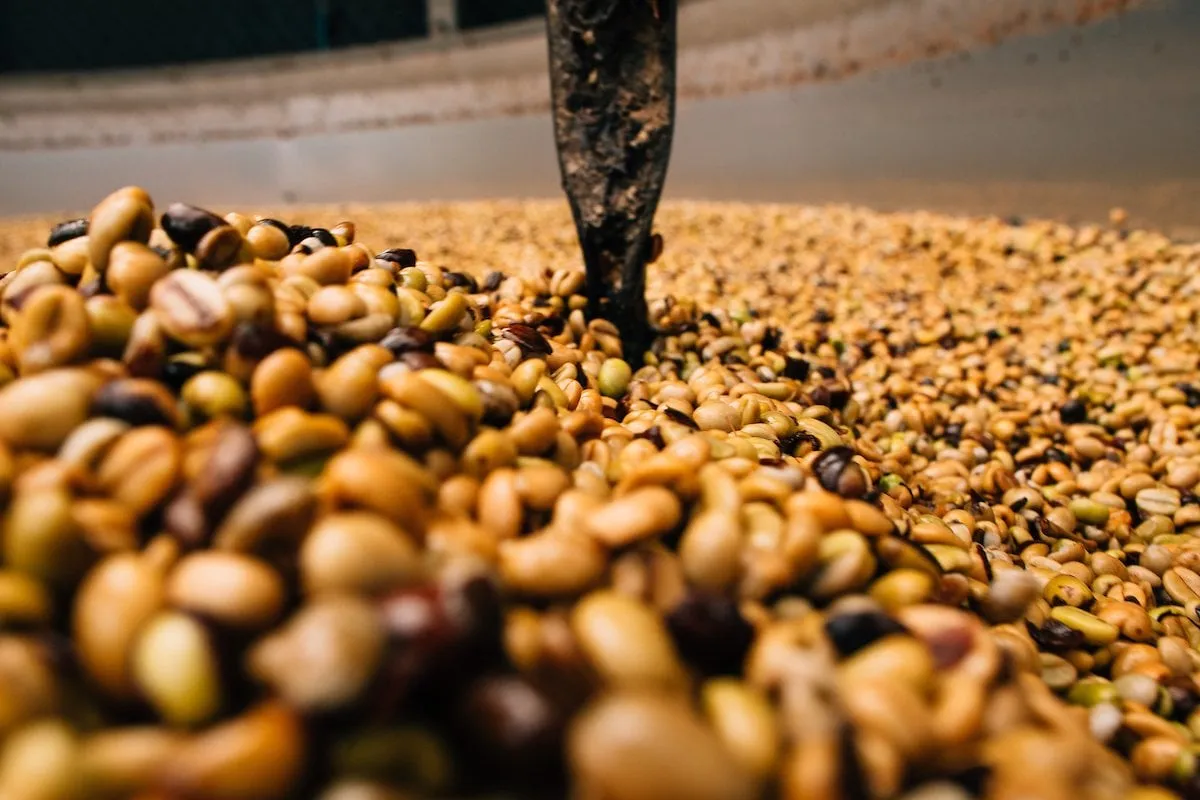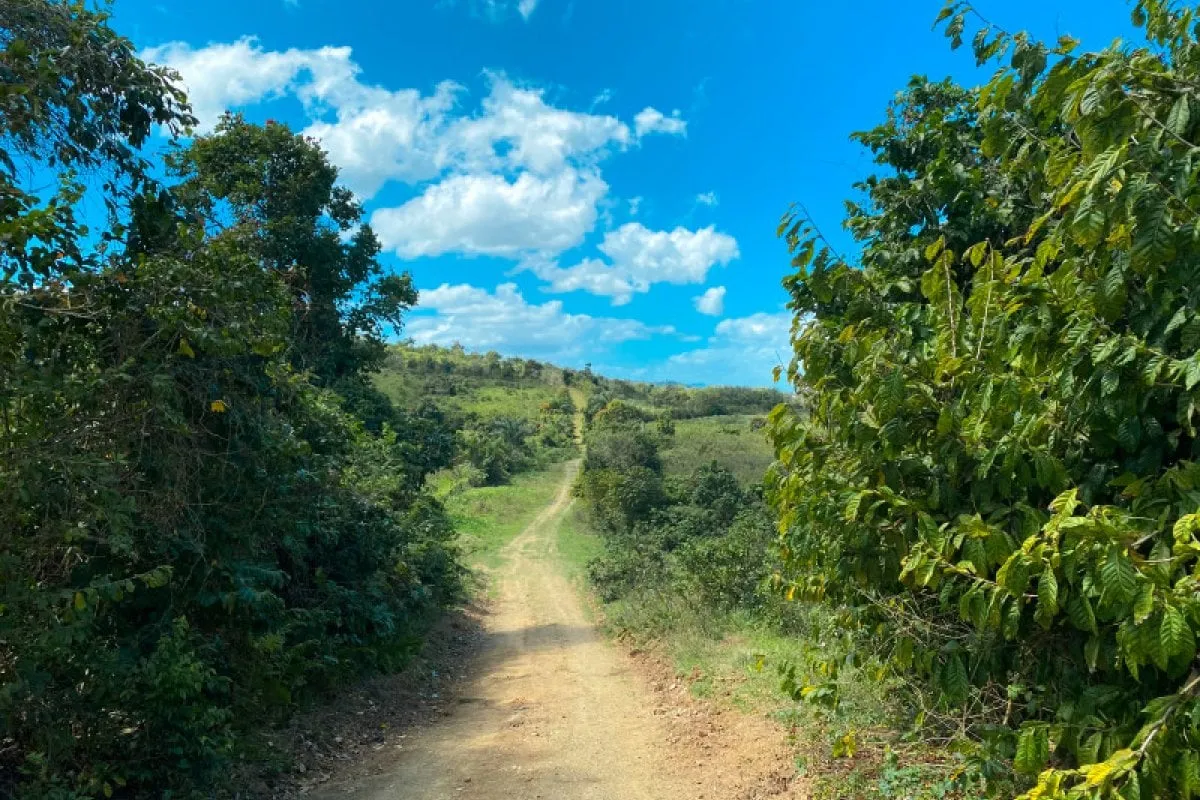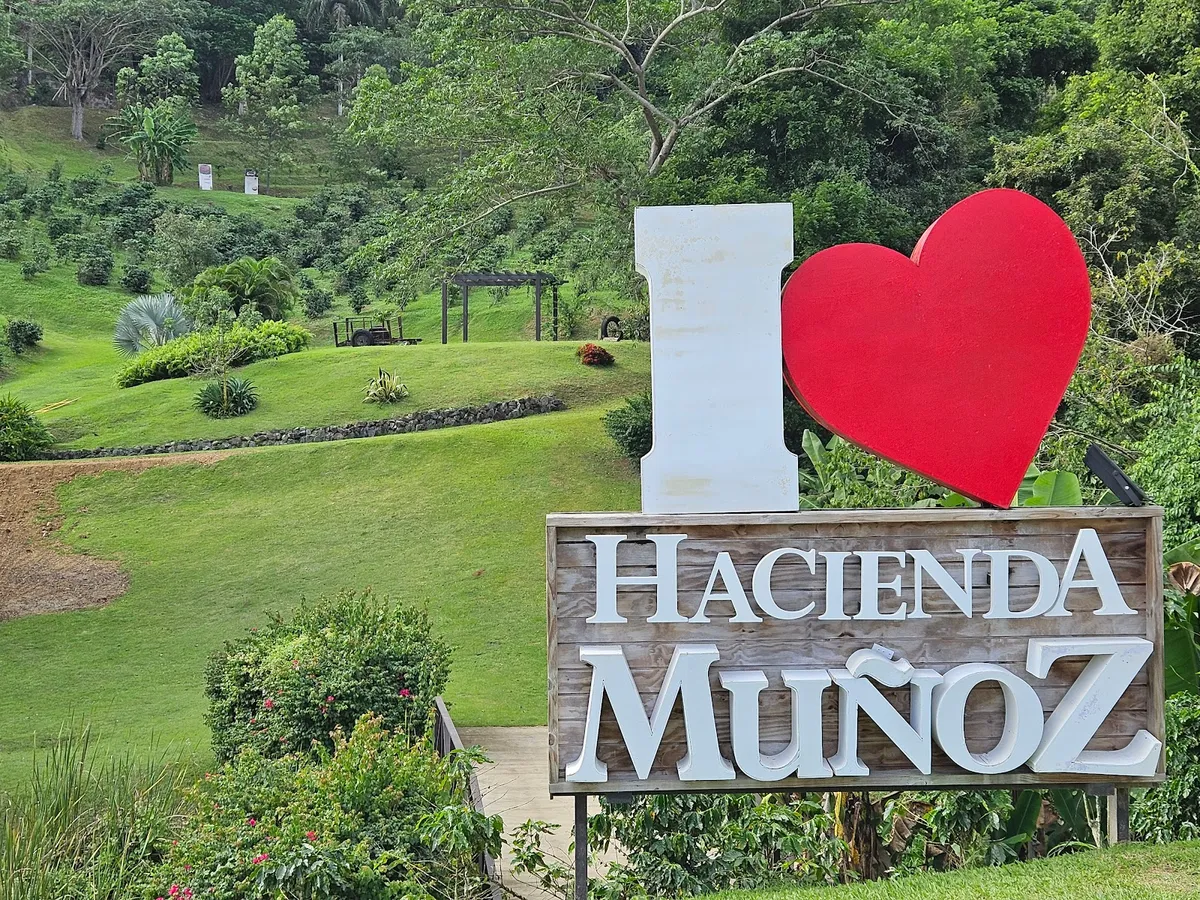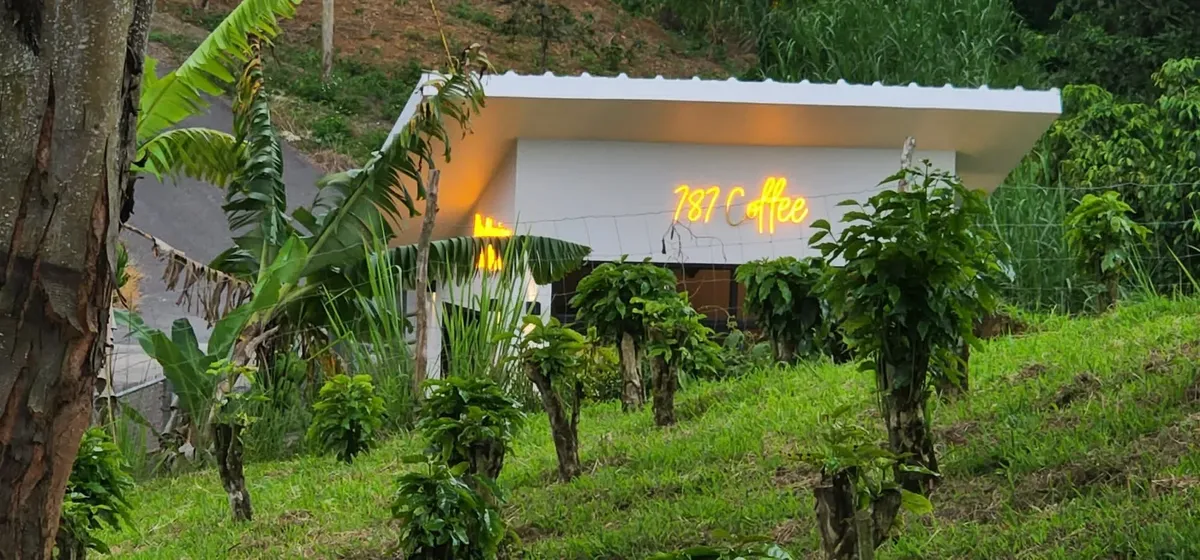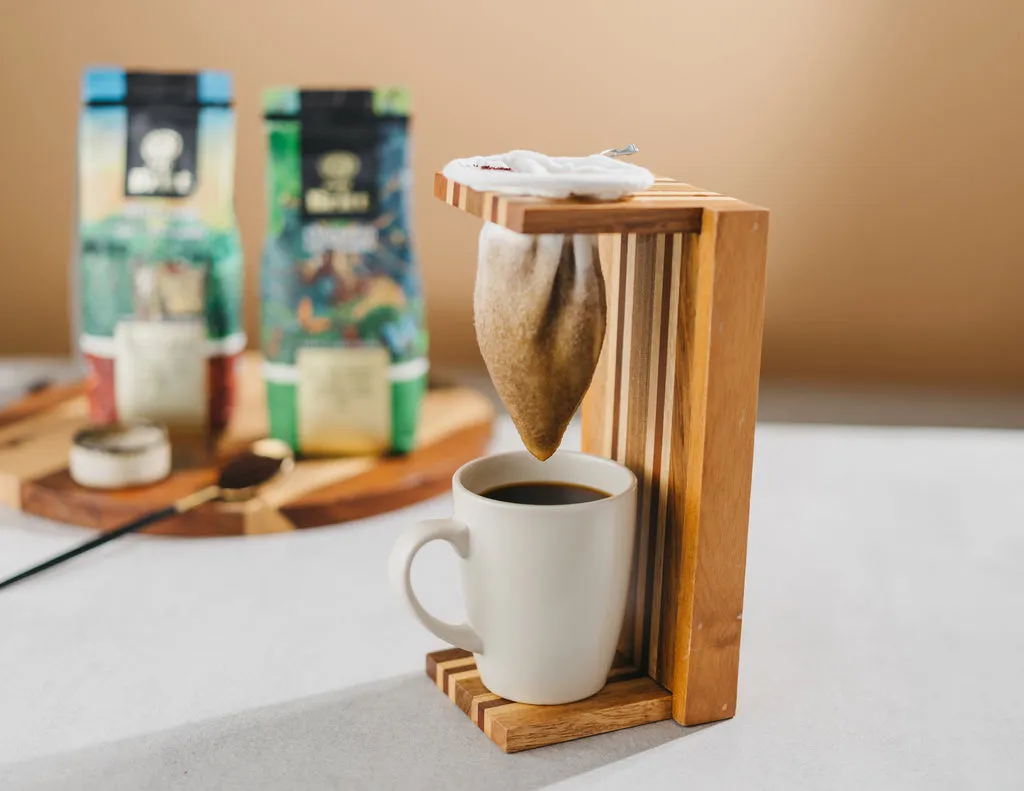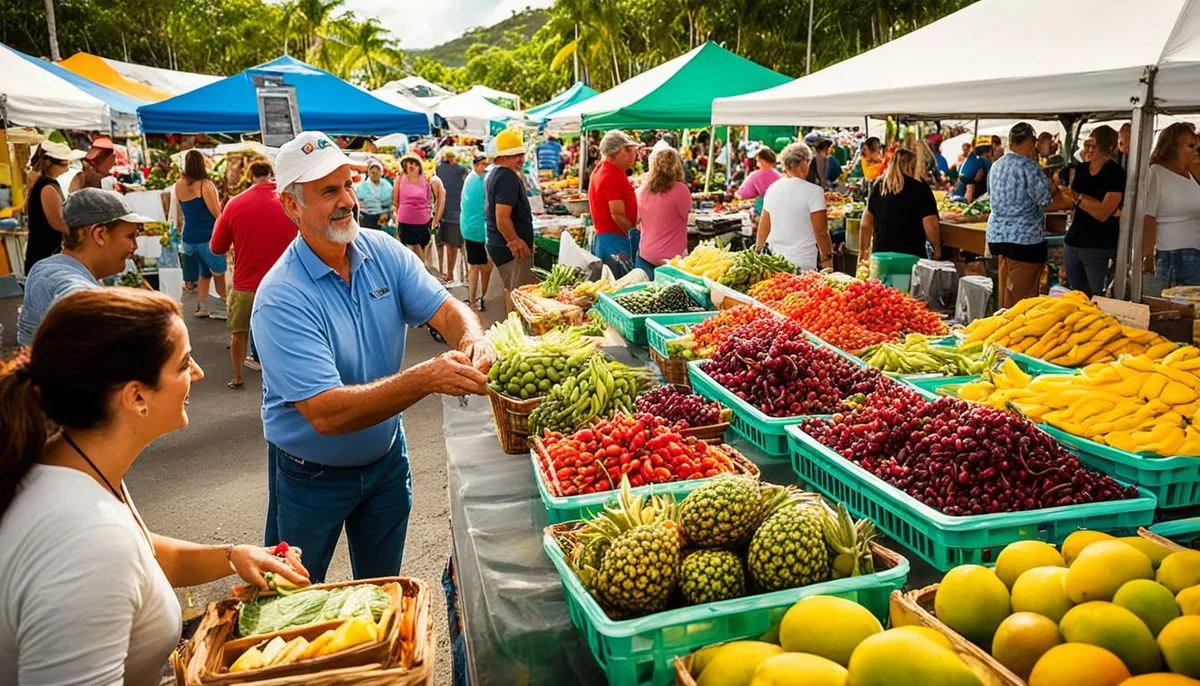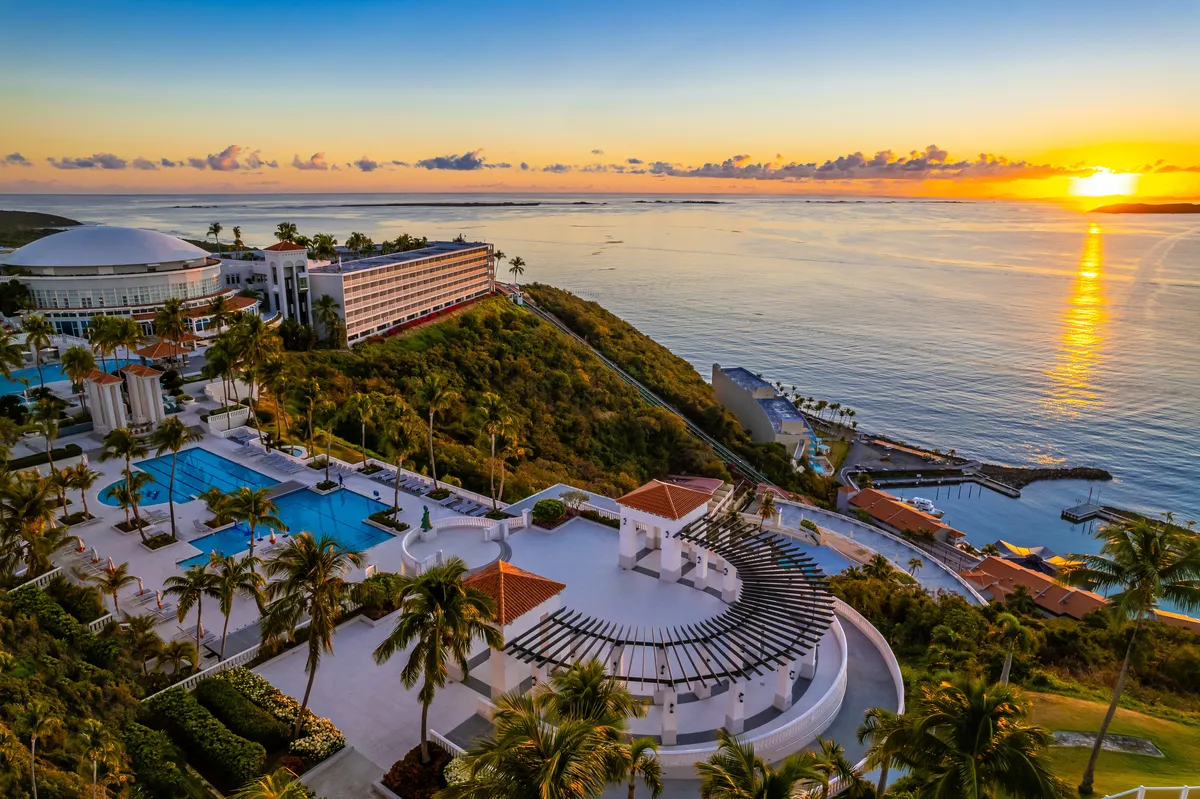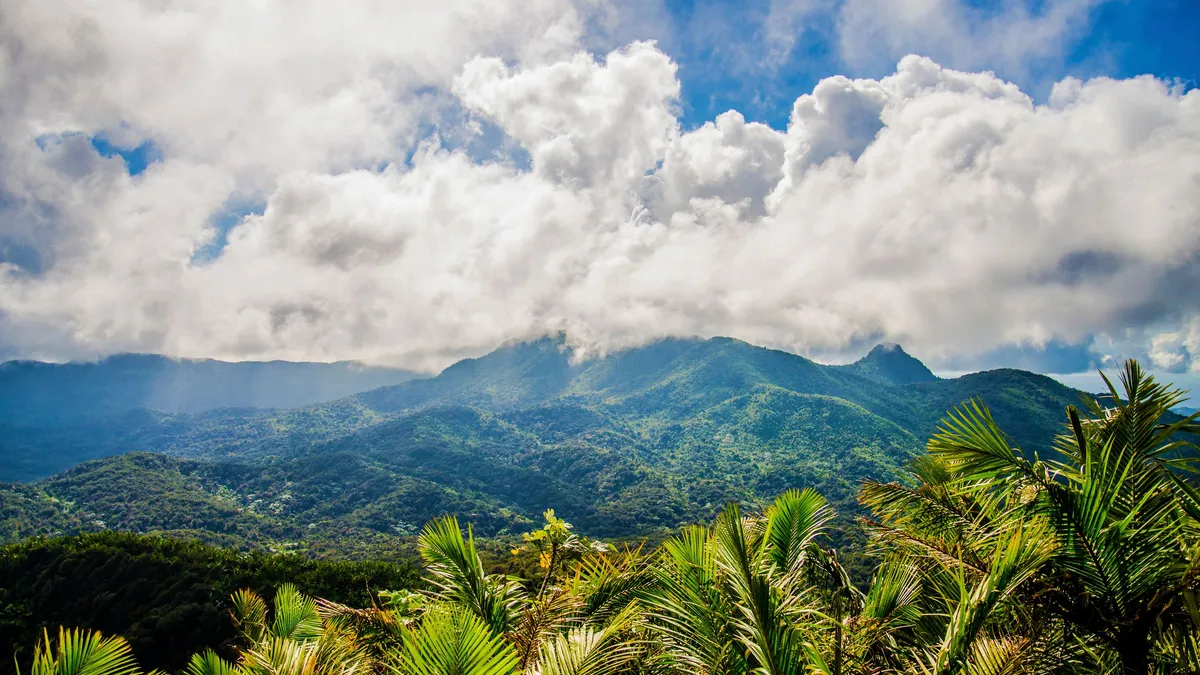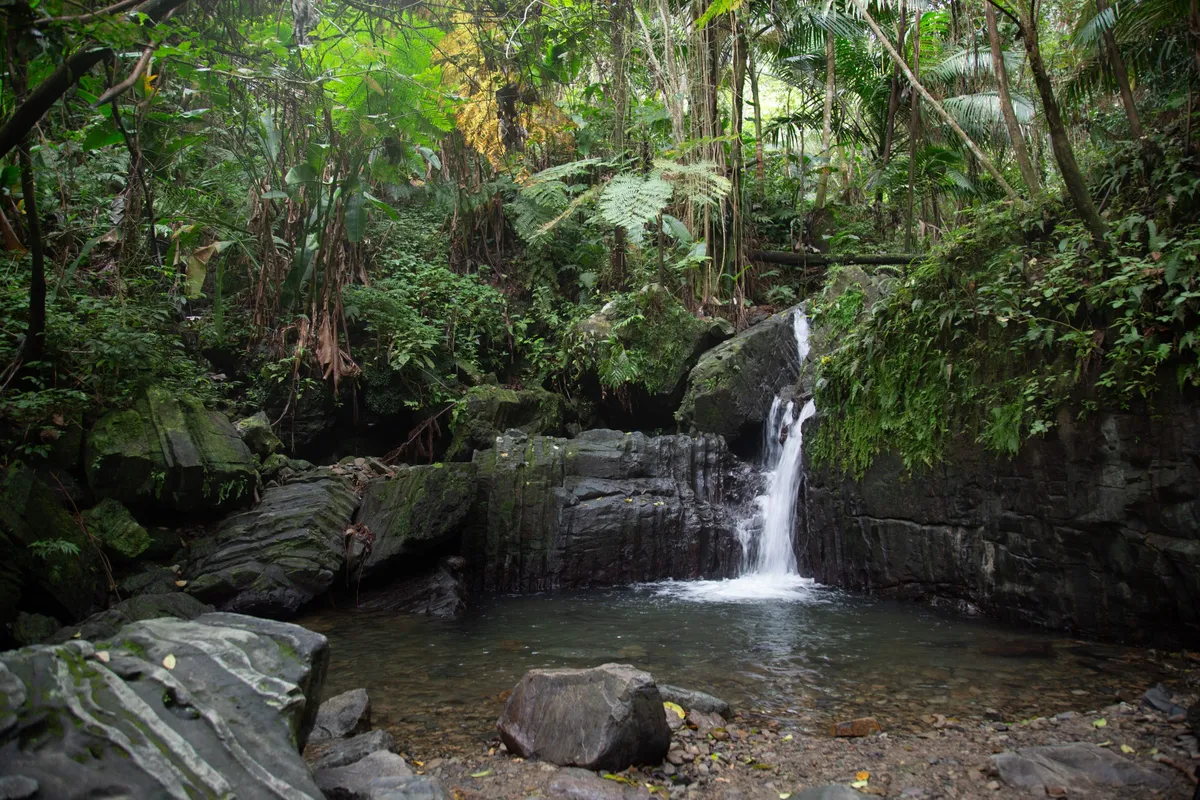Imagine standing in the misty mountains of Puerto Rico’s Cordillera Central, breathing in the rich aroma of freshly brewed coffee while watching the sunrise paint the lush valleys below. Puerto Rico coffee isn’t just a morning beverage—it’s a centuries-old tradition that tells the story of the island itself. From the historic haciendas tucked into volcanic mountainsides to the passionate farmers bringing this legendary brew back to world-class status, discovering this island treasure is one of the most authentic cultural experiences you can have. Whether you’re planning to tour a working coffee plantation, hunting for the perfect bag to bring home, or simply want to understand why locals call their cafecito “un pedazo de la tierra” (a piece of the land), this guide has everything you need to dive deep into Puerto Rico’s vibrant coffee culture.
The History of Puerto Rico Coffee: A Renaissance Story
The story behind Puerto Rico coffee is one of the most dramatic in the coffee world, marked by incredible highs and devastating lows.
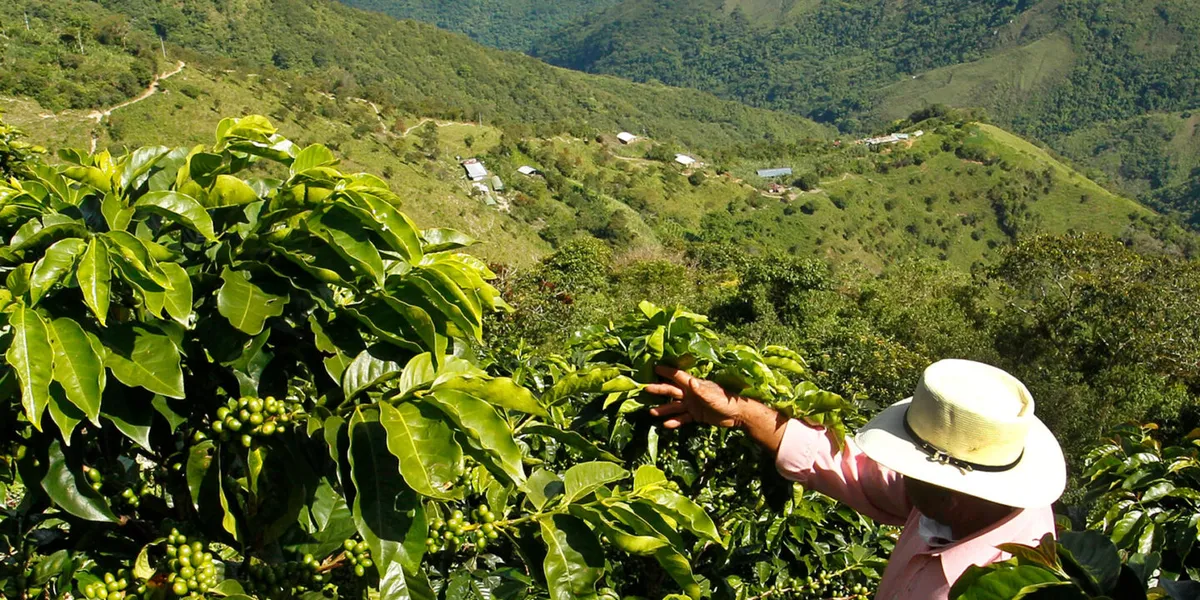
The Golden Age That Made History
Coffee plants first arrived on the island in 1736 from the French colony of Martinique. By the end of the 18th century, the island was producing over a million pounds annually. The real magic, however, happened in the 19th century when European immigrants—especially from Corsica—settled in the mountainous interior and turned coffee cultivation into an art form.
By the 1890s, Puerto Rico had become the sixth-largest coffee exporter in the world. Towns like Yauco, Adjuntas, and Lares became legendary in European circles. The quality was so exceptional that, according to island lore, it became the favorite of the Pope and the King of Spain, earning its nickname as “the coffee of popes and kings.” This wasn’t just marketing hype—this unique coffee genuinely competed with the world’s finest beans.
The Devastating Decline
The Spanish-American War in 1898 changed everything. When Puerto Rico was ceded to the United States, new economic policies proved catastrophic for the coffee industry. The Puerto Rican peso was devalued, and U.S. tariffs made it nearly impossible to compete in the European markets where Puerto Rican beans had once thrived. The government shifted its focus to sugarcane production, and a series of powerful hurricanes ravaged the mountain plantations.
By the 1950s, the island faced a sobering reality: it was consuming more coffee than it could produce. Puerto Rico had to start importing beans just to meet local demand. For an island that had once supplied Europe’s finest cafés, this was a dramatic fall from grace.
Today’s Specialty Coffee Renaissance
Here’s where the story gets exciting again. Over the past two decades, a new generation of Puerto Rican coffee farmers has been writing a comeback story. Instead of chasing quantity, these small, family-owned farms focus obsessively on quality. They’ve embraced sustainable and organic practices, revitalized old plantations, and positioned Puerto Rico coffee as a premium specialty product.
One crucial thing to understand: there’s a big difference between “coffee in Puerto Rico” and “100% Puerto Rican coffee.” Due to limited production, over two-thirds of the coffee consumed locally is imported. That cup from a random cafeteria might be a blend. When seeking an authentic experience, look for single-origin beans from specific farms or specialty roasters—this transforms your purchase from a simple transaction into an act of supporting the island’s agricultural heritage.
What Makes Puerto Rico Coffee So Special? A Flavor Profile
The secret to this coffee’s distinctive flavor starts with the island’s unique geography.
The Magic of Volcanic Mountain Terroir
Puerto Rico’s Cordillera Central mountain range provides one of the world’s most ideal environments for growing exceptional Arabica beans. Here’s why:
- Altitude Matters: Coffee farms sit between 2,400 and 2,780 feet above sea level. At these elevations, cooler temperatures slow the ripening process of coffee cherries, allowing more complex sugars and nuanced flavors to develop.
- Volcanic Soil is Gold: The region’s volcanic soil is incredibly fertile and loaded with the nutrients coffee plants crave. This unique composition gives the coffee its signature smooth body and famously low acidity—a characteristic that makes it approachable for everyone.
- Shade-Grown Complexity: Many farms practice traditional shade-growing under a canopy of citrus and banana trees. This method protects plants from harsh sun, promotes biodiversity, and adds subtle complexity to the flavor profile.
The Tasting Notes You Can Expect
When you taste authentic Puerto Rico coffee, you’re experiencing something remarkably consistent. The classic profile is smooth, well-balanced, and mild, with a rich full body and that famous low acidity. You’ll typically find dominant notes of chocolate and caramel, often with subtle hints of nuts or dried fruit.
The island almost exclusively grows Arabica varieties—specifically Typica, Bourbon, Caturra, and Catuaí. Most beans are wet-processed (washed), which creates a clean, bright cup with well-defined flavor notes. Some innovative farms, like Hacienda Iluminada, are experimenting with honey processing, which enhances sweetness.
Coffee connoisseurs often compare this “island profile” to other world-renowned coffees like Jamaica Blue Mountain and Kona. It’s a universally pleasing, smooth, and comforting flavor, making it perfect for casual drinkers and serious coffee lovers alike.
Understanding Quality Designations
As you explore, you’ll encounter two important quality markers:
- Yauco Selecto: This isn’t a brand but a regional designation for coffee grown in the Yauco municipality, often called the “Bordeaux of Coffee.” The unique microclimate produces exceptionally smooth, perfectly balanced beans with a buttery body and a sweet, chocolatey finish. If you see “Yauco Selecto,” you’re looking at the pinnacle of traditional Puerto Rican coffee.
- Specialty Grade: To earn this designation, green beans must score 80 or higher on a 100-point scale from the Specialty Coffee Association. This represents near-perfect beans with rigorous quality control. While many farms produce excellent premium coffee, only a select few achieve official Specialty Grade status.
The Ultimate Puerto Rico Coffee Hacienda Tour Experience
Visiting a coffee hacienda is one of the most immersive cultural experiences the island offers.
Planning Your Coffee Country Road Trip
The network of roads winding through coffee-growing regions is known as the Ruta del Café (Coffee Route), and driving it is one of Puerto Rico’s most scenic adventures. As you leave the coast behind, the landscape transforms. Roads become narrow and twisting, carving through lush mountainsides where giant ferns arch over the pavement.
- Best Time to Visit: The coffee harvest season runs from September through February. During these months, you’ll witness the entire process from hand-picking ripe red cherries to processing and drying. That said, most haciendas offer fascinating tours year-round.
- What to Expect: Modern coffee haciendas have evolved into full agrotourism destinations. Many feature on-site restaurants, coffee shops, small museums, and even overnight accommodations. Plan for a full-day experience.
Where to Tour: The Best Coffee Haciendas in Puerto Rico
Hacienda Muñoz: The Best Coffee Tour Near San Juan
- Location: San Lorenzo, just 30-40 minutes south of San Juan.
- If you’re short on time, Hacienda Muñoz is your perfect introduction to coffee country. This 20-acre working farm offers a complete nature experience. The 75-minute guided walking tour covers coffee history, cultivation, and processing, culminating in a tasting session. Afterward, relax at the on-site restaurant or coffee shop.
- Tour Details:
- When: Friday through Sunday. English tour at 10 am, Spanish tours at 12 pm and 2 pm.
- Cost: $20 adults, $10 seniors (60+) and children (6-12), free for kids under 5.
- Booking: No reservations needed, first-come, first-served.
- Contact: (787) 736-8427.
Hacienda San Pedro: Four Generations of Coffee Tradition in Jayuya
- Location: Jayuya (the “coffee capital”), approximately 2 hours from San Juan.
- Nestled deep in the mountains, Hacienda San Pedro offers an authentic journey into Puerto Rico’s coffee heritage. This family-owned farm preserves traditional, artisanal production methods. The tour showcases historic techniques and features a small museum with Taíno artifacts discovered on the property.
- Tour Details:
- When: Weekends are most reliable; call ahead for weekday appointments.
- Cost: Approximately $10 per person.
- Booking: Call (787) 828-2083 to confirm schedules.
Hacienda Buena Vista: A Living Museum of Coffee History in Ponce
- Location: Ponce, approximately 1.5 hours from San Juan.
- This restored mid-19th-century plantation, managed by the Puerto Rico Conservation Trust, is a “living museum” focused on historical coffee production. The star attraction is a restored 19th-century hydraulic turbine that powers the original processing machinery. It’s a must-see for history buffs.
- Tour Details:
- When: Wednesday through Sunday, 8:00 am to 4:00 pm year-round.
- Booking: Reservations required. Call (787) 722-5882 or book online.
Hacienda Iluminada / 787 Coffee: An Eco-Conscious Immersion in Maricao
- Location: Maricao, approximately 2.5-3 hours from San Juan.
- This isn’t just a farm tour—it’s an eco-adventure. Home of the popular 787 Coffee brand, Hacienda Iluminada embodies the modern coffee renaissance. The 3-hour tour dives deep into eco-conscious farming and innovative techniques. The farm is also a nature sanctuary with over 40 species of animals, making it perfect for families.
- Tour Details:
- When: Sundays at 11 am (3-hour Explorer Journey).
- Cost: Starting at $45 per person, includes a coffee drink.
- Booking: Reservations required, book online.
- Extra: The farm offers eco-retreat cabins for overnight stays.
Other Notable Coffee Farm Tours
- Hacienda Lealtad (Lares): A beautifully restored 1830s estate that feels like stepping into a time machine.
- Hacienda Tres Ángeles (Adjuntas): The first farm certified for agrotourism, offering breathtaking panoramic views from its café deck.
- Sandra Farms (Adjuntas): Perfect for eco-conscious foodies, this family farm offers tastings of artisan chocolates infused with their coffee and cacao.
Puerto Rico Coffee Culture: How Locals Drink Cafecito
Understanding the local coffee culture means knowing how residents prepare and enjoy their daily cafecito. Coffee on the island is a social ritual and a fundamental expression of welcome.
Traditional Brewing Methods
- The Colador (cloth filter): This traditional method uses a simple cloth filter held by a handle. Hot water is slowly poured over fresh grounds, producing a smooth, rich, and intensely aromatic brew.
- The Greca (moka pot): Found in nearly every Puerto Rican kitchen, this stovetop espresso maker uses steam pressure to produce a concentrated, espresso-like coffee that serves as the base for most local drinks.
How Locals Take Their Coffee
- Café Puya: Strong black coffee, often unsweetened—for the purists.
- Cortadito: A shot of strong coffee “cut” with a small dash of steamed milk.
- Café con Leche: The most popular style, balancing strong coffee with a generous amount of hot steamed milk, similar to a latte.
Bringing Puerto Rico Coffee Home: A Buying & Brewing Guide
Ready to enjoy this exceptional coffee at home? Here’s what you need to know.
The Best Puerto Rican Coffee Brands to Know
Puerto Rico’s coffee market includes beloved commercial brands and smaller artisanal producers.
The Classics (Commercial Brands)
These brands are Puerto Rican institutions. Be aware that larger brands may blend local beans with high-quality imported beans to meet demand. For guaranteed 100% local coffee, look for specific labels.
- Yaucono: The number one coffee in most Puerto Rican households, known for its perfectly balanced, smooth, medium-roast flavor.
- Café Rico: A choice for bold coffee lovers, featuring a medium-dark roast that produces a strong, highly aromatic cup.
- Alto Grande: Marketed as “the coffee of Popes and Kings,” this “Super Premium” brand is a luxurious coffee known for its full body and deep chocolate undertones.
- Other notable brands: Café Lareño and Café El Coqui.
The Artisans (Specialty and Single-Origin)
For guaranteed single-origin Puerto Rico coffee, buy directly from these small producers who pride themselves on farm-to-cup transparency:
- Hacienda San Pedro: Find their slightly sweeter coffee with chocolate and spice notes at their farm or San Juan coffee shops.
- 787 Coffee: Sourced from their sustainable Hacienda Iluminada farm and roasted fresh weekly.
- Café Don Ruiz: Fourth-generation family coffee from Yauco, roasted on-site at their shop in Old San Juan.
- Cuatro Sombras: An Old San Juan favorite that roasts single-origin Yauco beans weekly in their micro-roaster.
Pro Tip: Read packaging carefully. Look for “100% Puerto Rican Coffee,” “Single Origin,” or “Estate Grown.” A higher price point (often over $20 per pound) is also a reliable indicator of pure, locally grown specialty coffee.
Where to Buy Authentic Puerto Rican Coffee in the US
- Online Retailers: Puerto Rico Coffee Hub (puertoricocoffeehub.com) and PR Coffee Roasters (prcoffee.com) offer fresh, direct-from-the-island selections. Many haciendas like 787 Coffee also sell directly online.
- In Stores: Major US grocery stores and Walmart carry popular brands like Yaucono and Café Rico in the Hispanic or international food aisles.
Brewing Like a Local at Home
To replicate the authentic experience, use traditional methods.
How to Brew with a Greca (Moka Pot)
- Fill the bottom chamber with cold water up to the safety valve.
- Fill the filter basket with finely ground coffee (level it off but don’t tamp).
- Tightly screw the top chamber onto the bottom.
- Place on the stove over medium heat and listen for a gurgling sound.
- Remove from heat immediately to prevent a burnt taste.
How to Brew with a Colador (Cloth Filter)
- Wet the cloth filter with warm water and place it over a heat-resistant pot.
- Add coffee grounds (one tablespoon per six ounces of water).
- Slowly pour boiling water over the grounds in a circular motion.
- Allow the coffee to drip completely through into the pot.
Enjoy it black (café puya), with a splash of milk (cortadito), or as a creamy café con leche.
Puerto Rico coffee represents more than an excellent cup—it’s a living connection to the island’s history, culture, and resilient spirit. Every aspect tells a story worth experiencing. Whether you’re planning a hacienda tour, seeking the perfect bag of Yauco Selecto, or simply learning to brew a proper cafecito, you’re participating in a cultural tradition that has survived empires and hurricanes to remain the soul of the island. The next time someone offers you un cafecito, remember you’re being welcomed home with un pedazo de la tierra—a piece of Puerto Rican land and heart.
Read more:
